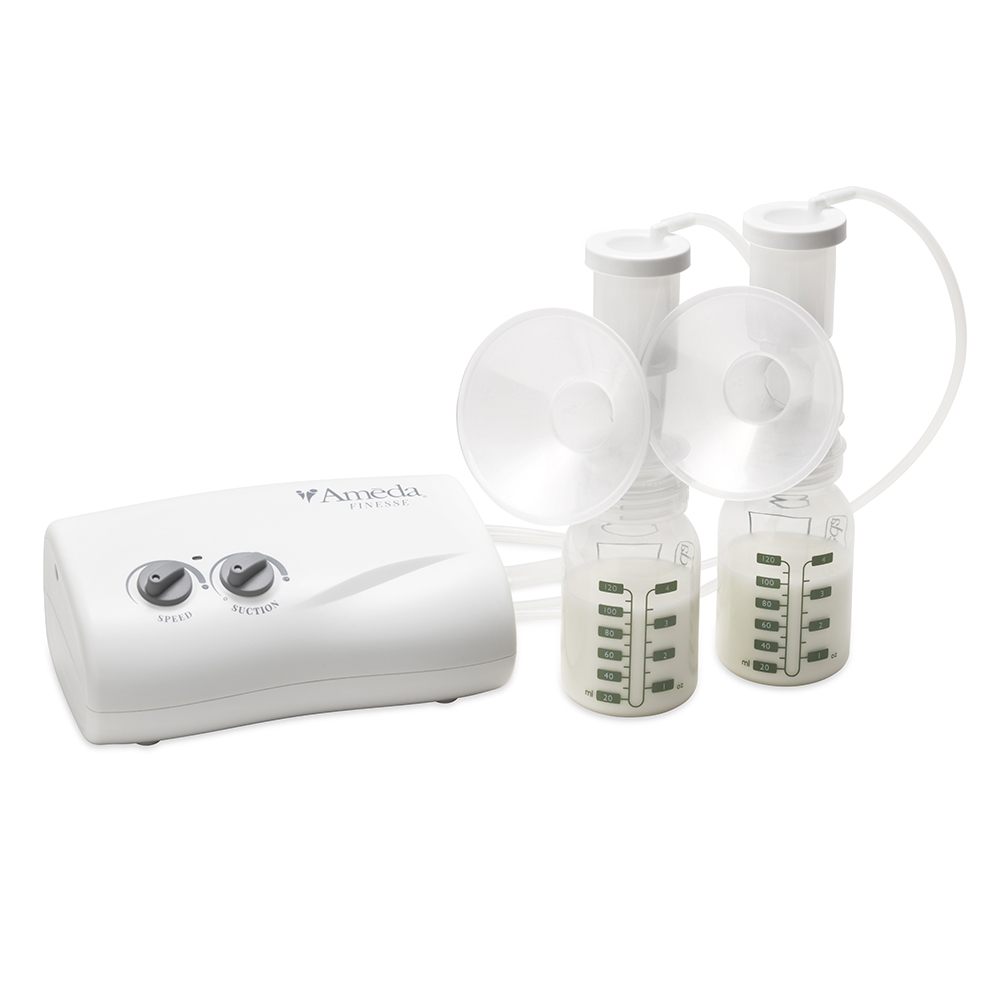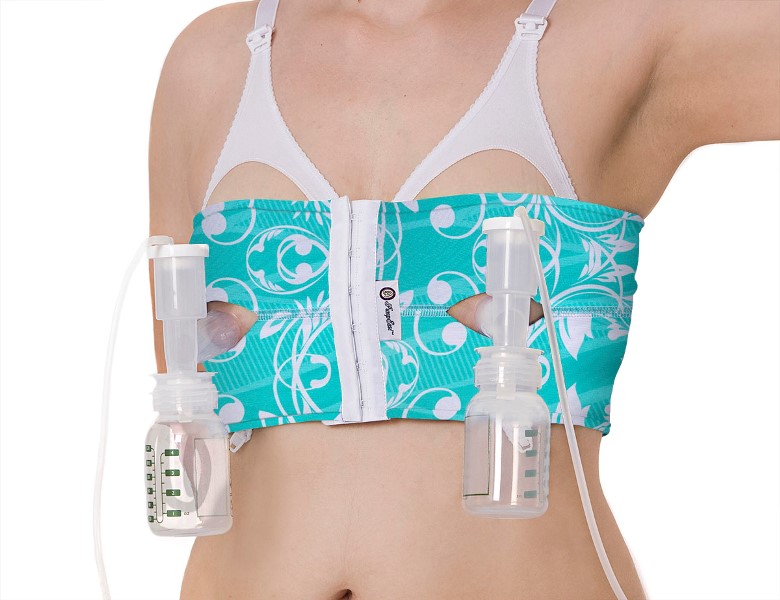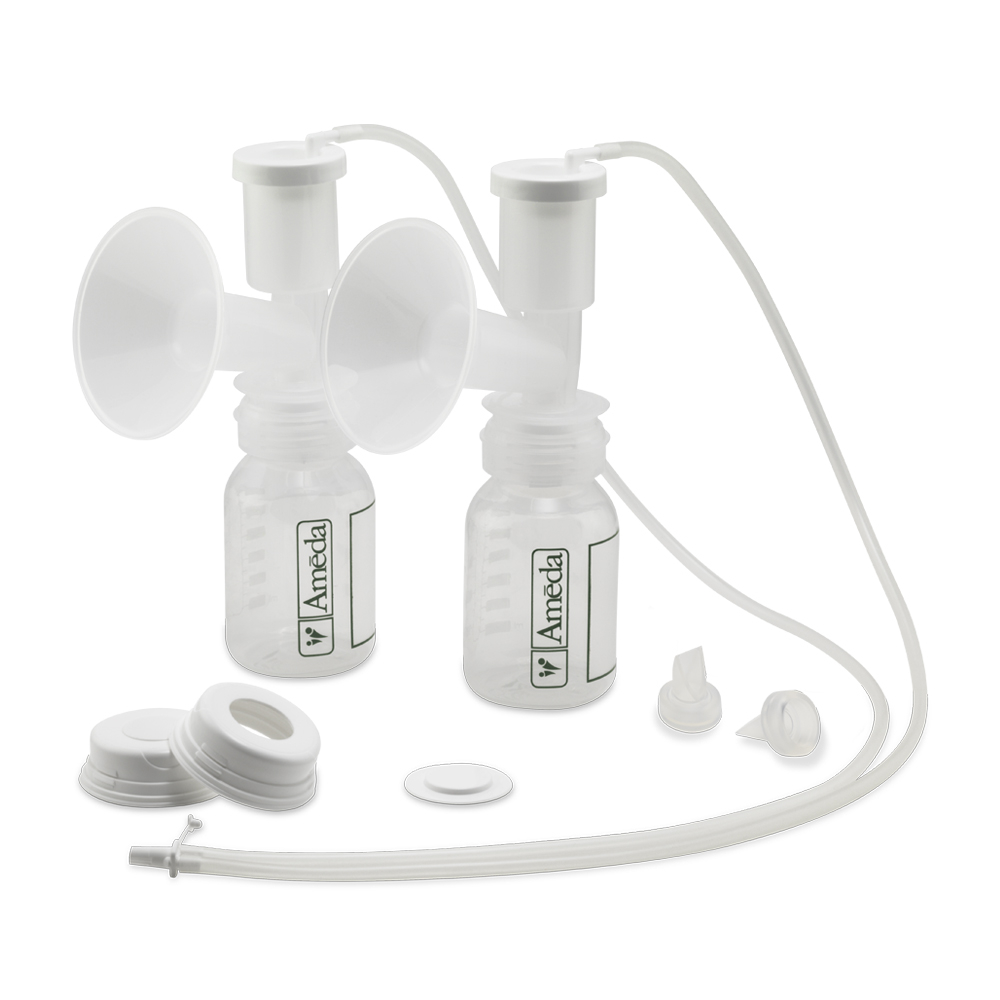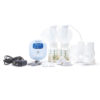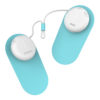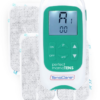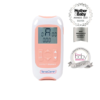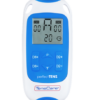How Do I Start Breast Pumping?

How Do I Start Breast Pumping?
Once you have your breast pump, you can start breast pumping and collecting milk any time. But be mindful, in the first two weeks after your baby is born, it’s best to pump occasionally to relieve engorgement – don’t get carried away!
Pumping a lot in these early weeks tells your body that you had triplets. Your body will then reciprocate by producing an enormous amount of milk. Remember: more milk out = more milk made! While this may sound like a good thing, it will increase the likelihood of breast problems such as clogged ducts and engorgement.
When your baby is a little older (2-3 weeks), and you are ready to start pumping regularly, you will most likely get very little milk. This is normal. After all, you’ve just spent the first weeks of your baby’s life getting your milk supply into an exact balance with your baby’s needs. It’s the basics of demand and supply, your body is providing what your baby requires, there isn’t supposed to be any extra. What you’re doing by pumping in these early days is building a little bit of a stash, and getting used to pumping. You’re also increasing your milk supply bit by bit.
Note: It is important to ensure that breastfeeding is progressing well before you start incorporating pumping.
When to pump:
The first step in pumping regularly is to start including it into your daily routine. To do this, start by adding a pumping session at about the same time each day. By pumping at about the same time each day, you’re telling your body that it needs to make a little more – tricking it into thinking that your baby has really taken to that 10am feeding! Even if you pump and no milk comes out at all, you’re placing the order for milk to be made later.
Learning how to pump:
It may take you a while to get the hang of pumping. You may be tense and worried about whether you’ll be able to pump enough (don’t worry, you will). You may be uncomfortable with a machine hooked to your breasts (imagine!). Don’t worry, that’s why you practice. This time pumping at home teaches you how to set up your pump, how to set it so that you get the most milk in the least time, and most importantly, how to relax when you’re pumping. A hands free pumping bra can help you if you are double pumping and find it hard or awkward.
How often to pump:
When you’re pumping at home to build up your supply and milk stash, once a day is plenty. Don’t make yourself crazy with it!
If your baby nurses every two hours, you may need to spread out your pumping sessions a little more, but make them a bit longer than your baby typically nurses.
If you don’t have enough time to include pumping sessions during the day, pump when you get up, before work, after your baby goes to bed, or during the night – it can be done, you may just need to get creative! Having an extra set of collection kits can help so the washing and drying doesn’t get overwhelming.
If your baby nurses very infrequently, you may need to pump more often, since the baby is usually more efficient at getting the milk out.
How long should you pump?
In short, you should pump until milk isn’t coming out any more. You don’t need to watch the clock, but it is a good idea to check the bottle to see if it is still flowing. In general, pumping for 15 minutes should do it for most people. (If you’re having trouble letting down for the pump, read Better Pumping, below.)
Or, if you’re trying to boost your supply, pump for a few minutes after the milk stops flowing. There is no harm and it’s a great way to send your body the message that more milk is needed (if it is).
Breast Pump Settings
Contrary to popular belief, your pump does not get the milk out of your breasts by brute force alone. Stronger suction does not necessarily result in more milk. It may however, result in excruciating pain or damage to your breasts. What your pump needs to do to get the most milk out is imitate your baby. Pay attention to how frequently your baby sucks and the strength of that suction. Then try to adjust your pump to match your baby. From there, you can experiment to see if slightly more, less, faster, or slower suction feels better and produces more milk. What’s the best setting? The one that works for you. So don’t pay attention to how other people’s pumps are set, it’s a personal thing. Custom Control makes this easy for you to adapt as your baby changes and grows.
Better Pumping Results
A few tricks can increase your pumping output without increasing the amount of time it takes. The most effective ways to increase your output (aside from ensuring you have the best pump for your needs) are good relaxation skills and breast compressions – both described here.
Breast Compressions
Doing breast compressions during pumping can help stimulate additional let-downs, and helps to thoroughly drain all of the milk ducts. While you are pumping, use one hand to massage your breast from the armpits towards the nipple (or as close as you can get without dislodging the pump flange). Gradually increase the pressure, and finish with a few firm squeezes of your breast, like you do when you are hand expressing milk.
Relax while Pumping
For some people, relaxing while pumping is akin to asking them to relax during a root canal. But it can be done. Relaxing is important, because it’s really hard to have a let-down if you are tense. Here are some tips for relaxation:
Positioning:
Sit back in your chair, don’t tense your shoulders, and support the bottles so that you don’t have to lean forward.
Environment:
Play relaxing music, have a comfortable chair for pumping, have a cup of tea before you start – in general – be comfortable!
Baby Cues:
If you are away from your baby when you are pumping, bring some cues to help you think about your baby. Some mothers respond very strongly to the smell of your baby, so bring whatever your baby slept in last night (as long as there’s not too much spit-up on it!) Other moms respond better to pictures or sounds – you can put photos of your baby right in many of the pump carriers, or bring a tape of your baby’s “hungry noises” (all out crying doesn’t usually work – it’s too stressful)
Bottle Watching:
For me, the best way to stop a let-down in its tracks was to watch the bottles. I always had trouble pumping enough, and the stress of watching the ounces was enough to severely limit my ability to pump. Look at something else – anything! Say to yourself “any breastmilk at all is a precious gift to my baby” and visualize waterfalls, spilled milk trucks, your baby’s contented face after a feeding – whatever relaxes you.
Activity:
Some people like to work while they are pumping – for me, pumping time was when I rewarded myself for the hard work of the rest of the day. Find something you enjoy doing while you pump. Maybe it reading the latest Janet Evanovitch novel, the paper, or your favourite tabloid magazine. Or maybe it’s scrolling through social media.
Do whatever makes it a relaxing time for you. And if you’re stressed about the work you’re missing, pick yourself up a hands-free pumping bra and keep on working – whatever relaxes you best.
Adapted from Kristen Berggren, PhD, IBCLC
author of Working Without Weaning and creator of the website, www.workandpump.com

